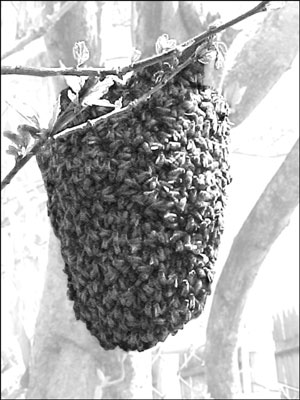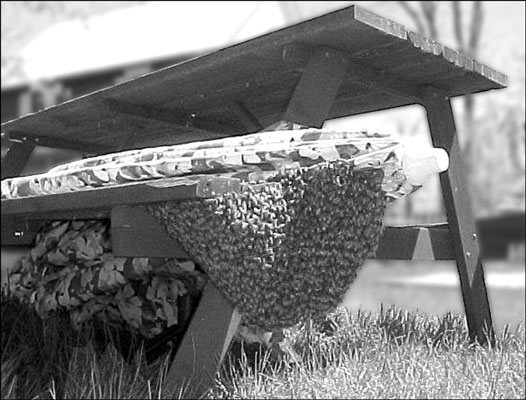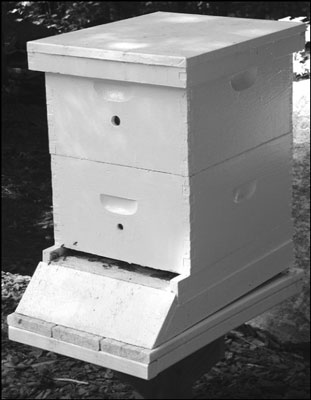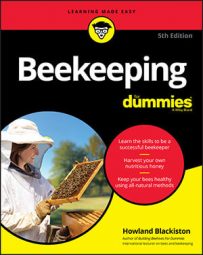Immediately before swarming, the bees that intend to leave the colony gorge themselves with honey (like packing a box lunch before a long trip). Then, all at once, like someone flipped a switch, tens of thousands of bees exit the hive and blacken the sky with their numbers. Half or more of the colony leaves the hive to look for a new home. But first, within a few minutes of departing from the hive, the bees settle down on a nearby surface.


Not sure if your hive has swarmed? A regular inspection during the month of May and June will reveal the situation. Know the key indicators: no eggs, fewer bees, and all of the cells have only older larvae and/or capped brood. And there are always queen cells present along the lower third of the frames.
Understanding why you want to prevent swarming
Swarms are a dramatic sight, and a completely natural occurrence for the bees, but swarms are not good news for you. A colony that swarms is far less likely to collect a surplus of honey. That means no honey harvest for you that year. A colony that loses 50 percent of its population and 50 percent of its honey also will have a difficult time regaining its population and productivity. It also means the bees may have a tougher time making it through the cold winter months (assuming you have such weather).Keeping the girl bees from leaving home
There are two primary reasons bees swarm: congestion and poor ventilation. Occasionally, a poorly performing queen can contribute to the swarming impulse. But all of these conditions can be anticipated and avoided. Here are some things you can do:-
Avoid congestion. Because overcrowding is a primary reason a colony will swarm, make sure to anticipate your bees’ needs and provide them with more room before they need it.
-
Reverse your hive bodies in the early spring to better distribute the fast-growing population.
-
Add a queen excluder and honey supers (the boxes that hold the honey frames) before the first nectar flow in the early spring.
-
-
Provide adequate ventilation. To ensure proper ventilation, you can do a number of things:
-
If your inner cover has a notched ventilation hole in the front of the inner cover, make sure it is open.
-
Glue a short length of a wooden Popsicle stick to each of the four corners of the inner cover. By doing so, you create a thin gap between the inner cover and the hive and improve air flow into and out of the hive.
-
Drill wine-cork-sized holes in your upper deep (below the hand hold) and in all of your honey supers. Doing so not only provides extra ventilation but also provides the bees with additional entrances.
 A useful way to provide a colony with ventilation is to drill wine cork-sized holes in the hive bodies and supers.
A useful way to provide a colony with ventilation is to drill wine cork-sized holes in the hive bodies and supers.
-
-
Make the bees comfortable in hot weather by doing the following:
-
Supply a nearby water source. The bees will use this water to regulate the hive’s temperature.
-
Shield the hive from a full day of blazing sun.
-
-
Remove all queen swarm cells. The earliest evidence that your bees are thinking about swarming is that they start to make swarm cells. During the spring and early summer, inspect your hive every week or ten days to look for swarm cells.
This technique only works if you remove 100 percent of the swarm cells. If just one cell remains behind, the colony has the green light to swarm.
-
Replace your queen every other autumn. Colonies with young queens are far less likely to swarm.

